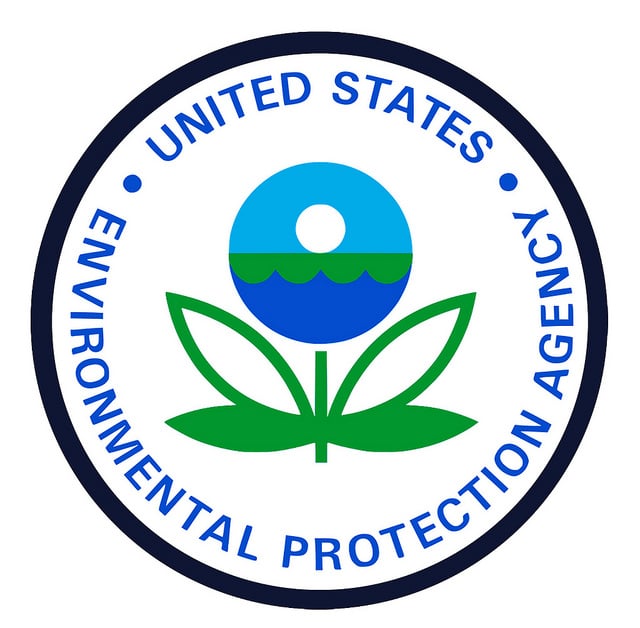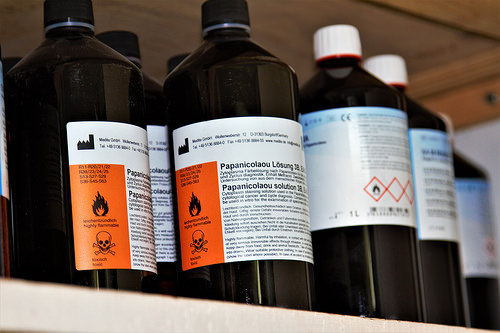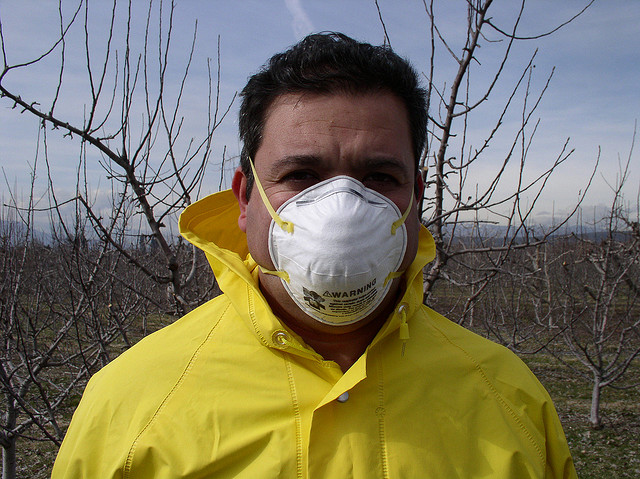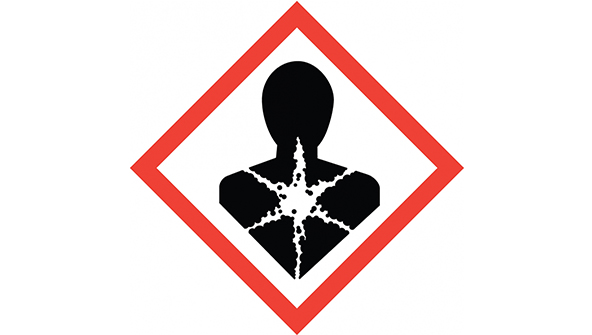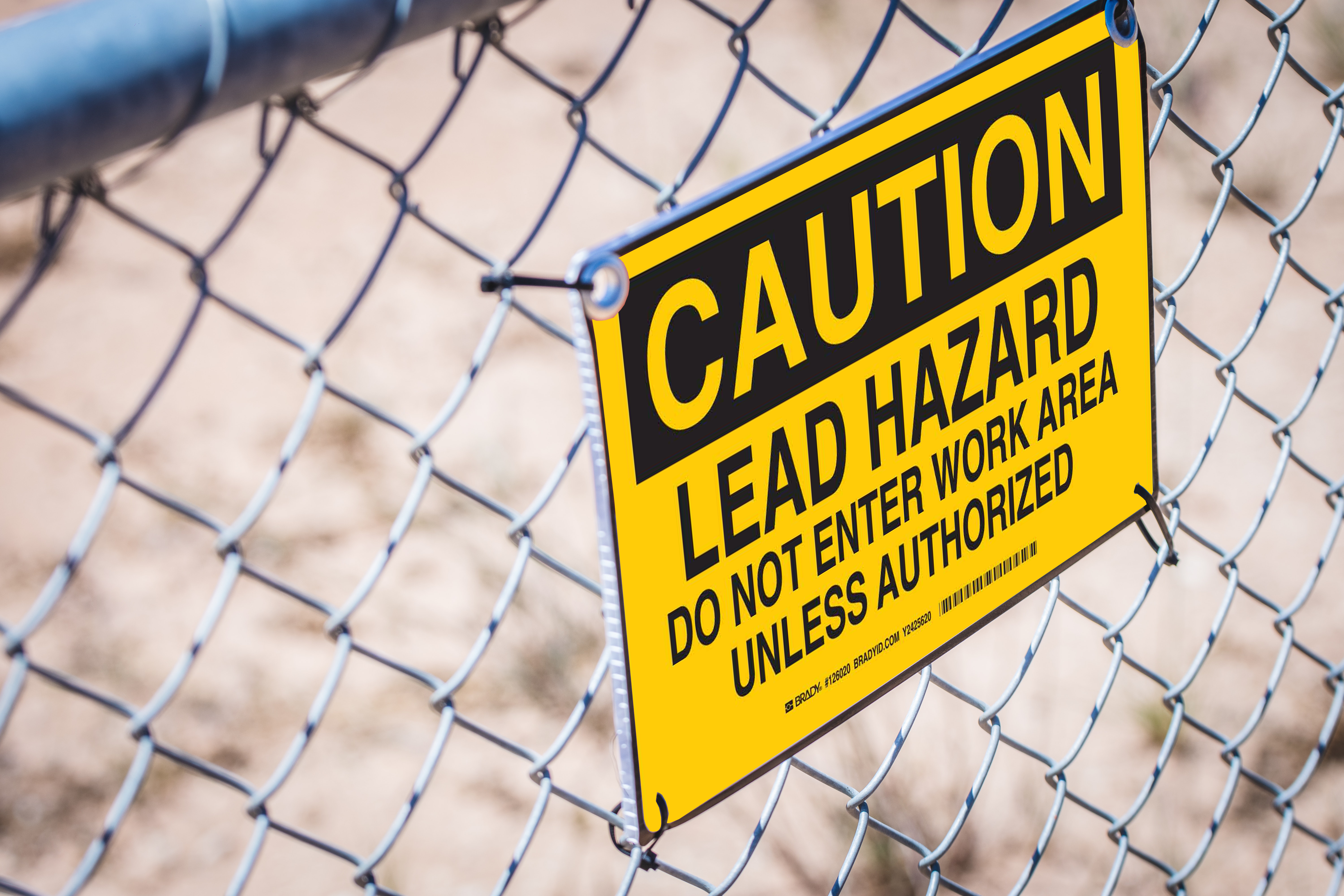The Trump Administration has issued its budget proposal for federal Fiscal Year (FY) 2026 (October 1, 2025 through September 30, 2026), including a 54% cut in the Environmental Protection Agency (EPA) budget, from $9.1 billion in FY 2025, to $4.16 billion for FY 2026. Many of the cuts apply to grant programs, and the proposal would cut staffing by 9%, from 14,130 full-time-equivalent employees (FTE) to 12,856. Readers should note that these cuts are comparable to those proposed by President Trump during his first term; EPA’s actual annual budget depends on that adopted by Congress (or a continuing resolution in lieu of an adopted budget). The remainder of this note summarizes EPA’s proposed FY2026 budget, including proposed reductions, drawn from EPA’s “Budget in Brief” (68 pages) and “Justification of Appropriation Estimates” (736 pages).
Audit, Compliance and Risk Blog
Tags: EPA, RCRA, tsca, Clean Air Act, Environmental Policy, Climate, EPA Regulations, EPA Standards, Trump, Trump Administration, Climate Reporting
Trump administration reworking the Environmental Protection Agency
Posted by Jon Elliott on Tue, Mar 04, 2025
Since returning to office in January, President Trump and his administration have promulgated many actions to reduce and revamp the US federal government, and additional actions focused on specific agencies. I wrote about general approaches to environmental regulation HERE. In addition, The Environmental Protection Agency (EPA) has been a target of specific directives, and new EPA administrator Lee Zeldin has already announced important policy and procedural changes at his agency. The remainder of this note summarizes EPA-specific changes ordered and/or instituted as of the end of February 2025.
Read MoreTags: EPA, tsca, clean water, Executive Order, Clean Air Act, environmental protection, Environmental Compliance, Trump, Trump Administration, Environmental Protection Agency
EPA further limits uses of carbon tetrachloride and perchloroethylene
Posted by Jon Elliott on Fri, Jan 10, 2025
The Toxic Substances Control Act (TSCA) includes procedures for the Environmental Protection Agency (EPA) to evaluate risks presented by existing chemicals using the latest scientific information – incorporating information developed after a chemical entered use in the US. Based on these reviews, EPA updates its regulatory requirements, ranging from labeling-only through use restrictions up to and including bans from further distribution and use. (I summarized these review requirements HERE). On December 18, 2024, EPA published restrictions in the Federal Register, for carbon tetrachloride (CTC) and perchloroethylene (PCE), based on its hazard reviews for those chemicals. The rest of this note discusses these new restrictions.
Tags: Environmental risks, Environmental, EPA, tsca, Environmental Projects, chemical safety, Environment, Environmental Policy, Chemical Safety Board, Hazardous Chemicals, Environmental Compliance, EPA Regulations, EPA Standards
EPA proposes TSCA review of five potential high hazardous substances
Posted by Jon Elliott on Fri, Aug 16, 2024
The 2016 amendments to the Toxic Substances Control Act (TSCA) added procedures for the Environmental Protection Agency (EPA) to evaluate risks presented by existing chemicals using the latest scientific information – including information developed after a chemical entered use in the US. Based on these reviews, EPA is to update its regulatory requirements, ranging from labeling-only through use restrictions up to and including bans from further distribution and use. (I summarized these review requirements HERE ). Beginning in November 2019, EPA regularly announces new chemical reviews, and subsequently the results of these reviews. (I wrote about the first review announcement HERE ). On July 25, 2024 EPA published a formal proposal to review 5 additional chemicals for designation as High-Priority Substance subject to strict controls under TSCA. The rest of this note identifies these proposed chemicals.
Read MoreTags: Health & Safety, Environmental risks, Environmental, EPA, tsca, Hazardous Waste, Environment, Hazardous Chemicals, Hazardous Material
EPA announces final phase-outs of commerce in remaining asbestos-containing products
Posted by Jon Elliott on Mon, May 20, 2024
On March 28, 2024, the Environmental Protection Agency (EPA) published phase-out schedules leading to a ban on the remaining permissible uses of chrysotile no later than December 31, 2037. EPA applies expanded authority provided as part of amendments adopted to the Toxic Substances Control Act (TSCA) in 2016; EPA first attempted to ban asbestos products in 1989 but was partially blocked by litigation. These rules finalize a proposal from April 2022 (which I wrote about HERE). The remainder of this note discusses the rule, and the history of this round of rulemakings since 2016.
Tags: Environmental, EPA, tsca, Toxic, Toxics Release, asbestos
New EPA website compiles agency cancer prevention efforts
Posted by Jon Elliott on Mon, Oct 23, 2023
On September 13, the US Environmental Protection Agency (EPA) added to its website a portal with information about the agency’s many regulatory, research and informational efforts addressing carcinogen hazards and controls. This information supports the Biden Administration’s “Cancer Moonshot.” EPA undertakes carcinogen control efforts by applying legal authority under many of the environmental protection statutes it administers. The remainder of this note summarizes the agency efforts identified on EPA’s new web portal.
Read MoreTags: Health & Safety, EPA, CAA, tsca, CWA, NESHAPs, FIFRA, Healthcare, Illness, Cancer Moonshot
EPA proposes non-detect lead contamination standards after residential abatement
Posted by Jon Elliott on Tue, Aug 29, 2023
Lead and lead-containing materials are among the longest-used materials in construction and industry. Lead has been used in commercial, residential, and ceramic paint; in electric batteries and other devices; as a gasoline additive; for weighting; and other purposes. It also has been recognized as toxic to human health and the environment at least since the Romans, although understanding of the extent and severity of lead hazards has improved greatly in recent decades. Accordingly, environmental, occupational and public health agencies have progressively tightened standards to reduce lead exposures. On August 1, 2023, the Environmental Protection Agency (EPA) proposed to tighten post-remediation clearance levels as low as “non-detect.” The rest of this note discusses EPA’s latest proposal, and provides some context and background.
Read MoreTags: EHS, EPA, tsca, Hazardous Waste, ESG
In 1976, an important motivation for enactment of the Toxic Substances Control Act (TSCA) was to empower the Environmental Protection Agency (EPA) to control polychlorinated biphenyls (PCBs), which had been developed as superlative insulation fluids but had come to be recognized as persistent toxic contaminants that bioaccumulate in the environment. TSCA banned the manufacturing, processing and distribution of new PCBs effective January 1, 1978, except in a “totally enclosed manner” or with an express exemption from EPA (including a finding that the exempt activity does not pose an “unreasonable risk of injury to health or the environment”). Even enclosed activities were banned beginning in 1979, unless with an express exemption from EPA. Additional provisions apply to non-banned activities, and to the cleanup and disposal of PCB-containing wastes. PCBs remain in use in enclosed/exempt locations throughout the country, and new contamination is identified from new leaks and legacy sites.
Read MoreTags: EPA, tsca, CWA, Environment, Toxic, Toxics Release, PCBs
Employment Law: Protecting Whistleblowers Protects the Organization
Posted by Jon Elliott on Wed, Mar 17, 2021
Regulators often rely on whistleblowers to reveal ongoing violations, and prosecutors rely on whistleblowers and informants from time to time to “make their cases.” Recognizing this value, many federal and state laws provide explicit protections for employees who report actual or potential violations to their employers or to the agencies that administer and enforce those laws.
The Occupational Safety and Health Administration (OSHA) has administered such a provision for workers disclosing violations of the Occupational Safety and Health Act for more than 40 years. In the intervening decades, a wide variety of federal statutes have expanded OSHA’s whistleblower protection activities, assigning OSHA to enforce whistleblower protection provisions of other laws; as of 2021 this authority covers 24 distinct federal laws. The best known and most litigated of these non-worker laws probably is the Sarbanes-Oxley Act of 2002 (SOx) – Section 806 of that law protects whistleblowers who report activities that may violate anti-fraud provisions of the federal Securities Acts. The rest of this posting identifies these laws, and summarizes how OSHA administers them.
Read MoreTags: OSHA, tsca, Labour & Employment, SDWA, ACA, ERA, FSMA, FRSA, OSH Act, AMLA, AHERA, CFPA, CPSIA, CAARA, FWPCA, ISCA, NTSSA, PSIA, SPA, STAA, TFA
The 2016 Amendments to the Toxic Substances Control Act (TSCA; the “Frank R. Lautenberg Chemical Safety for the 21st Century Act”) assigned the Environmental Protection Agency (EPA) a variety of new responsibilities and powers to review and regulate chemicals in commerce in the United States. These changes include additional requirements to review chemicals already in use (I summarized this piece of the new TSCA here). Despite all the changes to EPA priorities since 2016 (i.e., during the Trump Administration), EPA has marched forward with these chemical reviews. These reviews include formal statutory requirements to identify separate lists of 20 “high priority” – i.e., potentially high risk – chemicals for accelerated reviews, and 20 “low priority” chemicals EPA considers not to need further review. I wrote about EPA’s 2019 proposals for these lists here.
Read MoreTags: Environmental risks, Environmental, EPA, Hazcom, tsca


